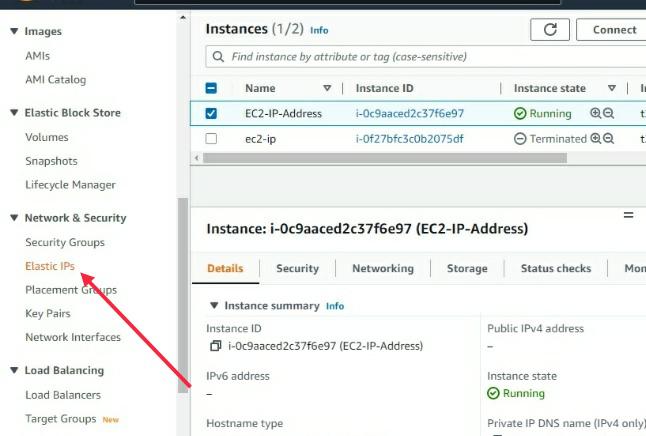History
Elastic IPs were introduced as part of AWS’s suite of cloud computing services to address the need for stable and consistent IP addresses in the cloud. Prior to EIPs, IP addresses assigned to cloud instances were dynamic and could change when instances were restarted, leading to potential disruptions. EIPs solved this by providing a fixed IP address that users could rely on for consistent communication with their instances.
Market
Elastic IPs are a key component of AWS’s cloud infrastructure, offering stability and flexibility for applications requiring a fixed IP address. Other cloud providers offer similar services, such as:
- Google Cloud Platform (GCP) Static External IPs: GCP provides static external IP addresses that function similarly.
- Microsoft Azure Public IPs: Azure’s public IP addresses can be static or dynamic, with static IPs offering similar stability as AWS Elastic IPs.
Technology
Elastic IPs leverage AWS’s extensive network infrastructure to provide high availability and low latency. When an Elastic IP is allocated, AWS ensures it is globally unique and can be associated with instances or network interfaces within your account. EIPs can be remapped to different instances or interfaces within seconds, providing flexibility in managing cloud resources.
Value Proposition
- Stability: Provides a fixed IP address that remains consistent across instance restarts.
- Flexibility: Can be easily reassigned to different instances or network interfaces.
- High Availability: Ensures high availability by allowing quick reassignment in case of instance failure.
- Cost-Effective: Reduces costs associated with maintaining static IP addresses in a traditional data center.
Key Components
- Elastic IP Allocation: The process of obtaining an Elastic IP address from AWS.
- Elastic IP Association: Associating an Elastic IP with an instance or network interface.
- Elastic IP Reassignment: Reassigning an Elastic IP to a different instance or network interface as needed.
- Elastic IP Release: Releasing an Elastic IP address back to AWS when it is no longer needed.
Applications
Elastic IPs are commonly used in scenarios where a consistent IP address is required, such as:
- Web Hosting: Ensuring that the IP address of a website remains the same even if the underlying instance changes.
- Failover Solutions: Quickly reassigning an IP address to a standby instance in case of a primary instance failure.
- Remote Access: Providing a stable IP address for remote administration and management of cloud resources.
Who Uses Elastic IPs?
- Enterprises: For reliable hosting of web applications and services.
- Startups: Uses EIPs in order to provide a consistent IP address during development and scaling.
- Developers: For remote access and management of cloud instances.
Roles and Responsibilities
- Cloud Administrators: Manage the allocation, association, and release of Elastic IPs to ensure optimal usage and cost-efficiency.
- Network Engineers: Configure network settings to use Elastic IPs effectively for stable communication.
- DevOps Teams: Integrate Elastic IP management into automated deployment and failover processes.
How to Use/Set Up
Setting Up an Elastic IP:
- Allocate an Elastic IP:
- Go to the EC2 Dashboard in the AWS Management Console.
- Click on “Elastic IPs” in the left-hand menu.
- Click “Allocate Elastic IP address” and confirm the allocation.
- Associate the Elastic IP:
- Select the allocated Elastic IP from the list.
- Click “Actions” and choose “Associate Elastic IP address.”
- Select the instance or network interface you want to associate with the Elastic IP.
- Reassign or Release:
- To reassign, follow the same steps to associate the IP with a different instance.
- To release, select the Elastic IP and click “Actions” > “Release Elastic IP address.”

Similar Concepts
- Static IP: A fixed IP address in traditional networking, not as flexible as EIPs in the cloud.
- Dynamic IP: An IP address that can change over time, typically used in DHCP environments.
- Elastic Load Balancer (ELB): Another AWS service that distributes incoming traffic across multiple instances, often used in conjunction with Elastic IPs for high availability.



